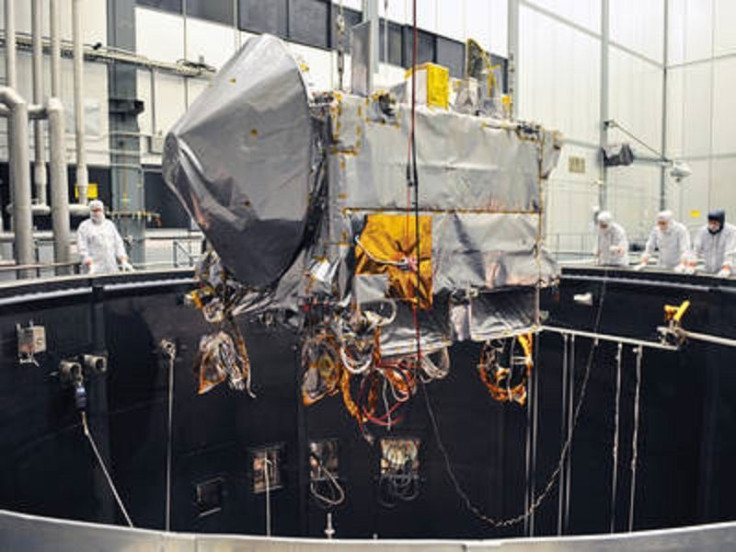NASA’s OSIRIS-REx to leave for asteroid Bennu on Sept 8 to collect rocks & pebbles samples

In early August, the National Aeronautics and Space Administration (NASA) announced it would deploy a spacecraft to study the asteroid Bennu. On Wednesday, the agency said the OSIRIS-REx mission would leave Earth on Sept 8 and return in 2023.
It would launch from the Cape Canaveral Air Force Station in Florida, reports Satnews. On its return, the Origins Spectral Interpretation Resource Identification Security – Regolith Explorer, or OSIRIS-REx, will bring back rocks and pebbles it would collect from the asteroid’s surface.
The spacecraft will travel 1.2 billion miles to 101955 Bennu which was discovered in 1999 and crosses the Earth’s orbit every six years. Scientists at Arizona University predict Bennu would fly between the Earth and moon so close that gravity from Earth could affect the asteroid’s orbit.
NASA says the chance of a hit is small, but significant at 1 in 2,500. If it occurs, an asteroid hit would have the strength 200 times that of Hiroshima atomic bomb or equivalent to 3 billion tonnes of high explosives triggered.
Popular Science reports that Bennu is made of carbonaceous rock which holds important clues about the origin of life in the solar system. Bashar Rizk, senior staff scientist on the OSIRIS-REx team, explains, "This kind of object is what we think at least seeded the Earth with the proto-materials for life, if not life itself.”
Bennu is 1,600 feet in diameter which would come within 186,000 miles of Earth by 2135. It is closer to the Earth than the planet’s distance to the moon.
In 2019, Japan will launch its Hayabusa-2 mission but come back earlier with a sample in 2020.
VIDEO: NASA ǀ Asteroid Bennu’s Journey
Source: NASA Goddard




















